Wildlife Habitat Management: Integrating Food Plots and Natural Forage
In the realm of wildlife habitat management, a balanced approach to providing sustenance for animals is crucial for maintaining healthy populations and diverse ecosystems. Central to this approach is the synergy between food plots and natural forage, each playing a significant role in supplementing the dietary needs of wildlife throughout the seasons.
The Synergy Between Food Plots and Natural Forage
Food plots, cultivated areas planted specifically to attract and feed wildlife, offer numerous benefits. They provide a consistent and concentrated food source, especially during times when natural forage may be scarce. These plots can be strategically planted with crops like clover, soybeans, corn, and various grains that are highly nutritious for deer, turkey, and other game species.
On the other hand, natural forage encompasses the vegetation naturally occurring in the habitat. This includes native grasses, browse (such as leaves and twigs of shrubs and trees), and other plants that animals naturally seek out for nutrition. Natural forage provides essential micronutrients, dietary variety, and cover that supports a broader range of wildlife species beyond game animals.
Strategies for Incorporating Both into Habitat Management Plans
Successful habitat management plans often integrate both food plots and natural forage to maximize benefits for wildlife:
Assessment and Planning: Begin by assessing the existing vegetation and soil conditions on your property. Identify areas where natural forage is abundant and where food plots could be strategically placed to supplement these resources.
Diverse Plantings: Aim for diversity in your food plot plantings to provide a range of nutritional benefits throughout the year. For example, plant a mix of annuals and perennials that offer different nutrients and appeal to different species.
Edge Effect: Utilize the edge effect, where different habitats meet, to create transitional zones between natural forage areas and food plots. This can enhance habitat diversity and attract a wider array of wildlife.
Seasonal Considerations: Plan your food plot plantings to provide food year-round. Incorporate early-season crops like clover and brassicas for spring and summer, and then transition to grains and winter wheat for fall and winter.
Maintenance and Monitoring: Regularly monitor the condition of your food plots and the availability of natural forage. Adjust your management practices based on wildlife usage patterns and environmental changes.
Food Plot Seed Recommendations from RollingHills.com
To complement natural forage and enhance wildlife habitat, consider the following food plot seed recommendations from RollingHills.com:
Clover Blend: A mix of clover varieties that provide high protein content and are palatable to deer and other herbivores.
WinterGreens Blend: Includes turnips, radishes, and other brassicas that thrive in cooler seasons, offering a nutritious food source into late fall and winter.
Turnips: Our premium 7-top turnip blend is curated to fortify the health and vitality of deer throughout fall and winter. Our turnip seed is infused with essential nutrients crucial for antler growth and overall herd health.
By combining these food plot seeds with the existing natural forage on your property, you can create a dynamic and sustainable wildlife habitat. This approach not only supports healthy wildlife populations but also enhances biodiversity and the overall health of your ecosystem.
In conclusion, effective wildlife habitat management involves harmonizing food plots with natural forage to provide year-round nutrition and habitat diversity. By carefully planning and implementing a strategy that integrates both elements, you can create a thriving ecosystem that benefits a wide range of wildlife species. For more information and to explore seed options, visit RollingHills.com and start transforming your property into a haven for wildlife today.

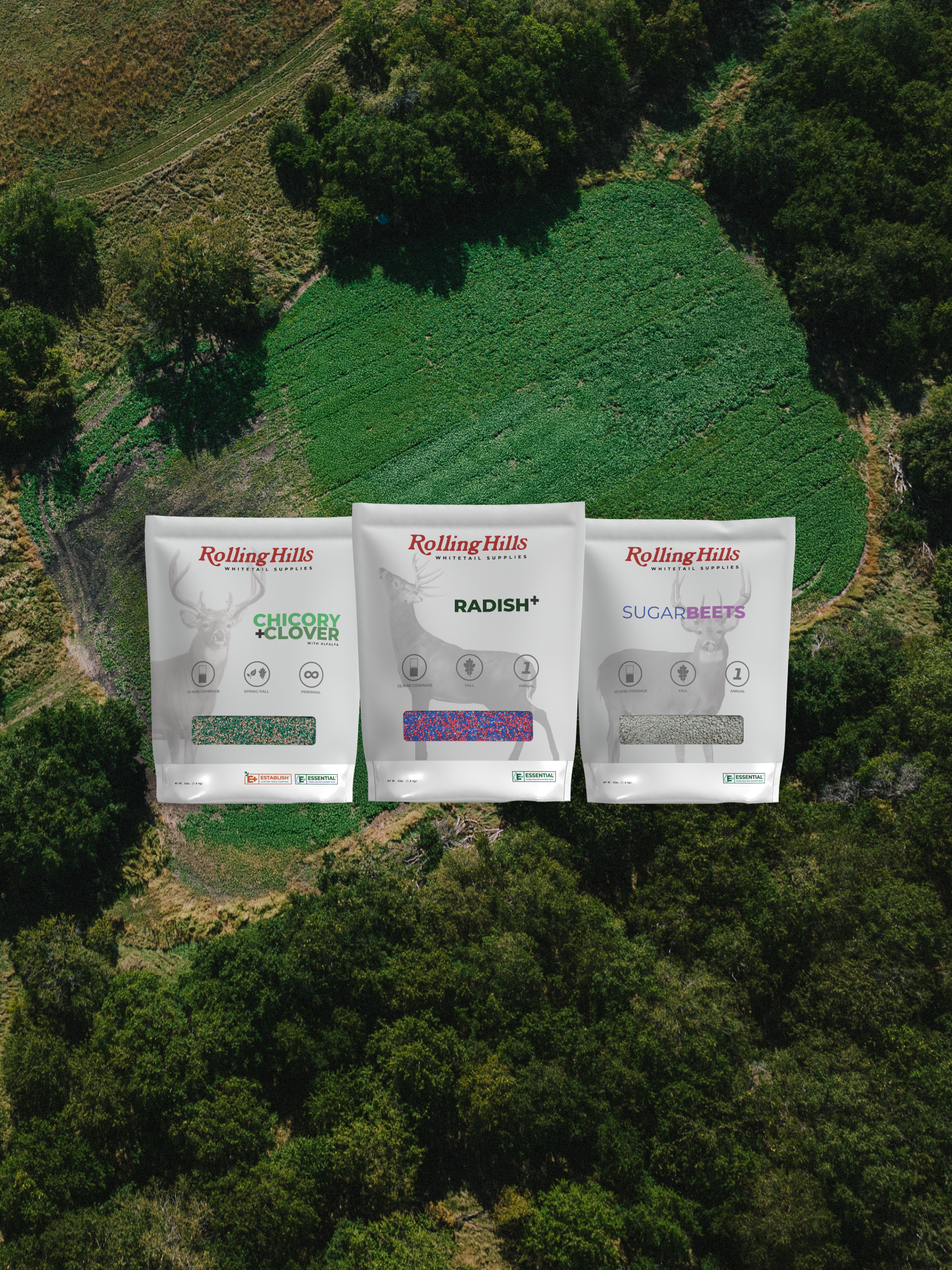
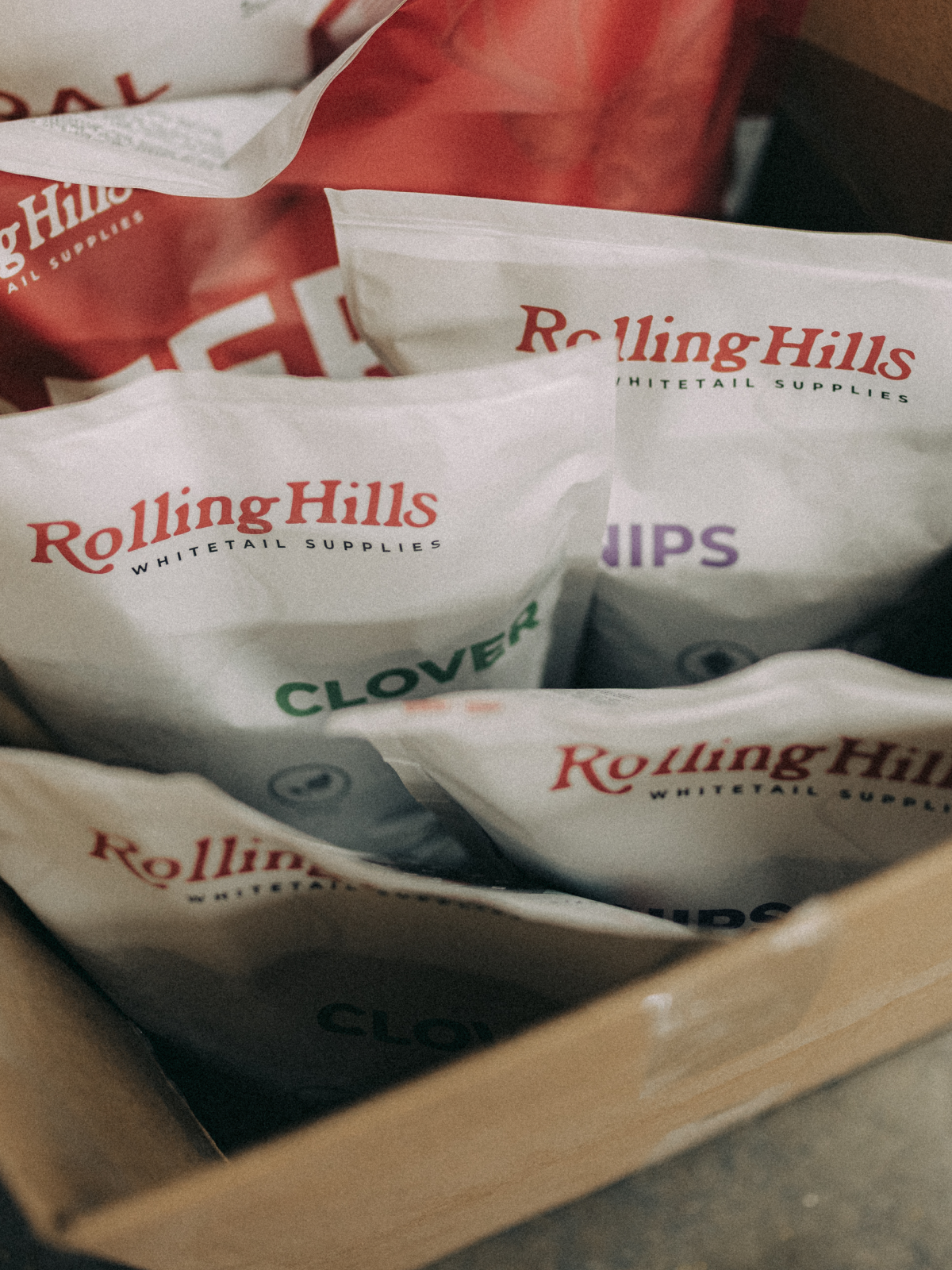

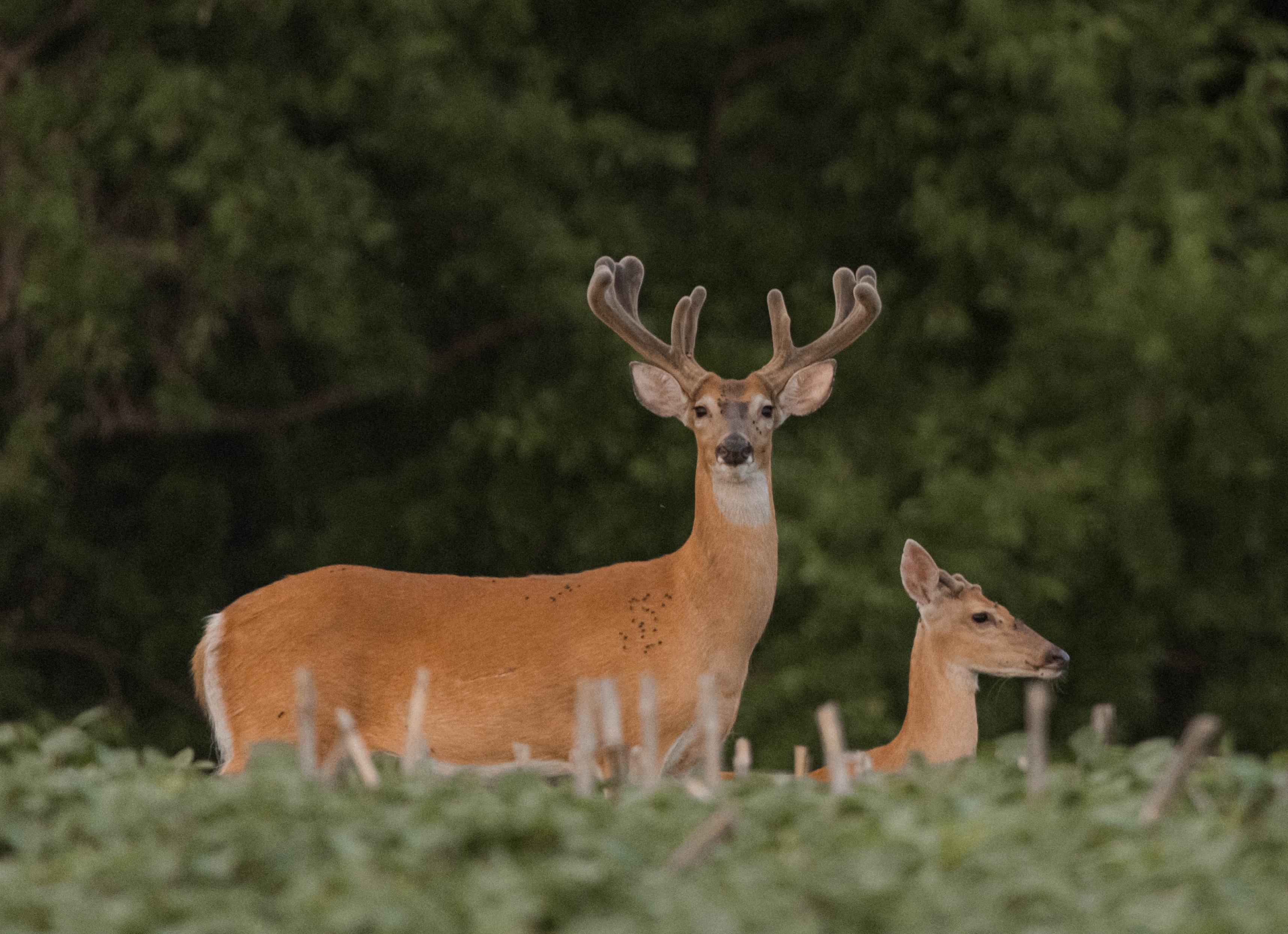
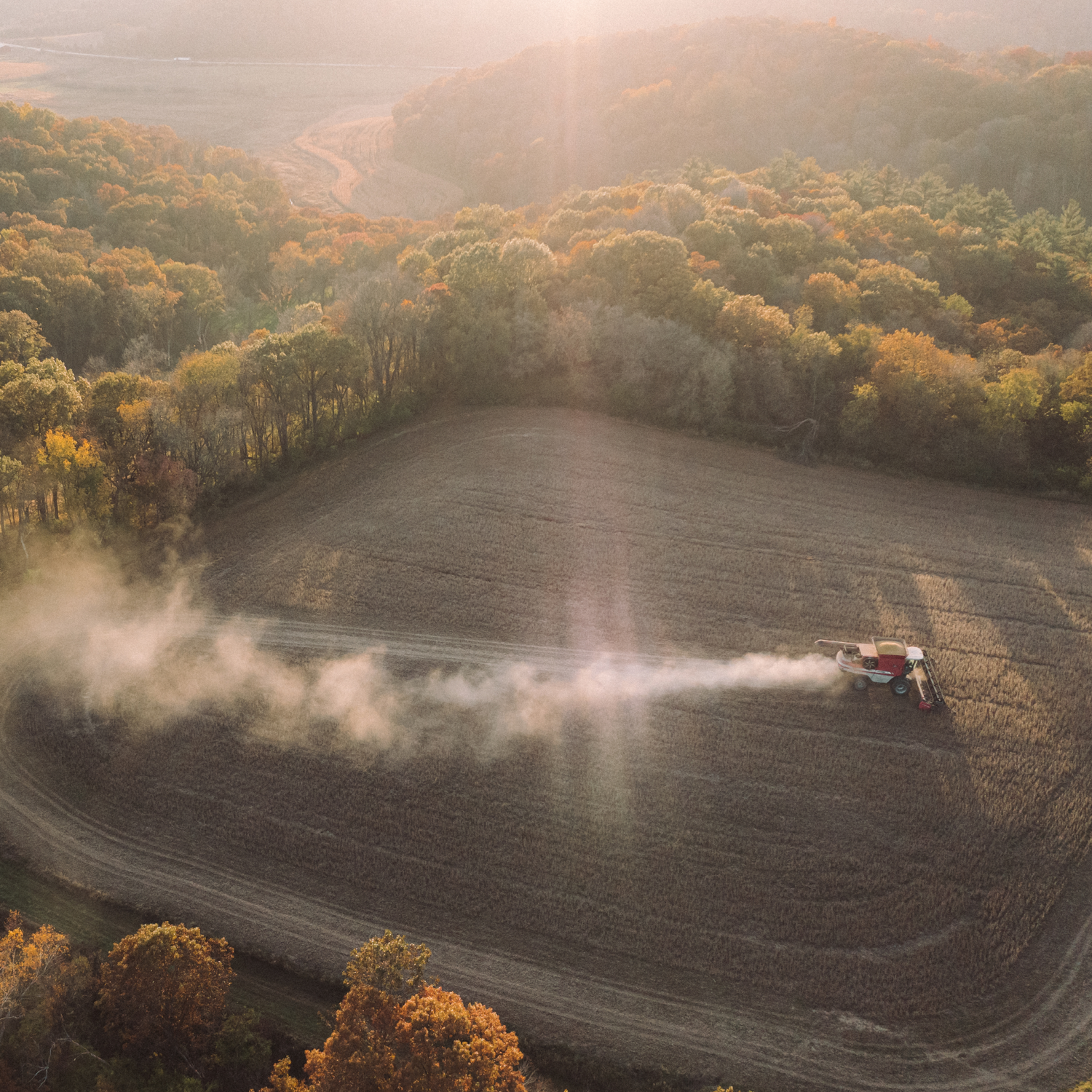
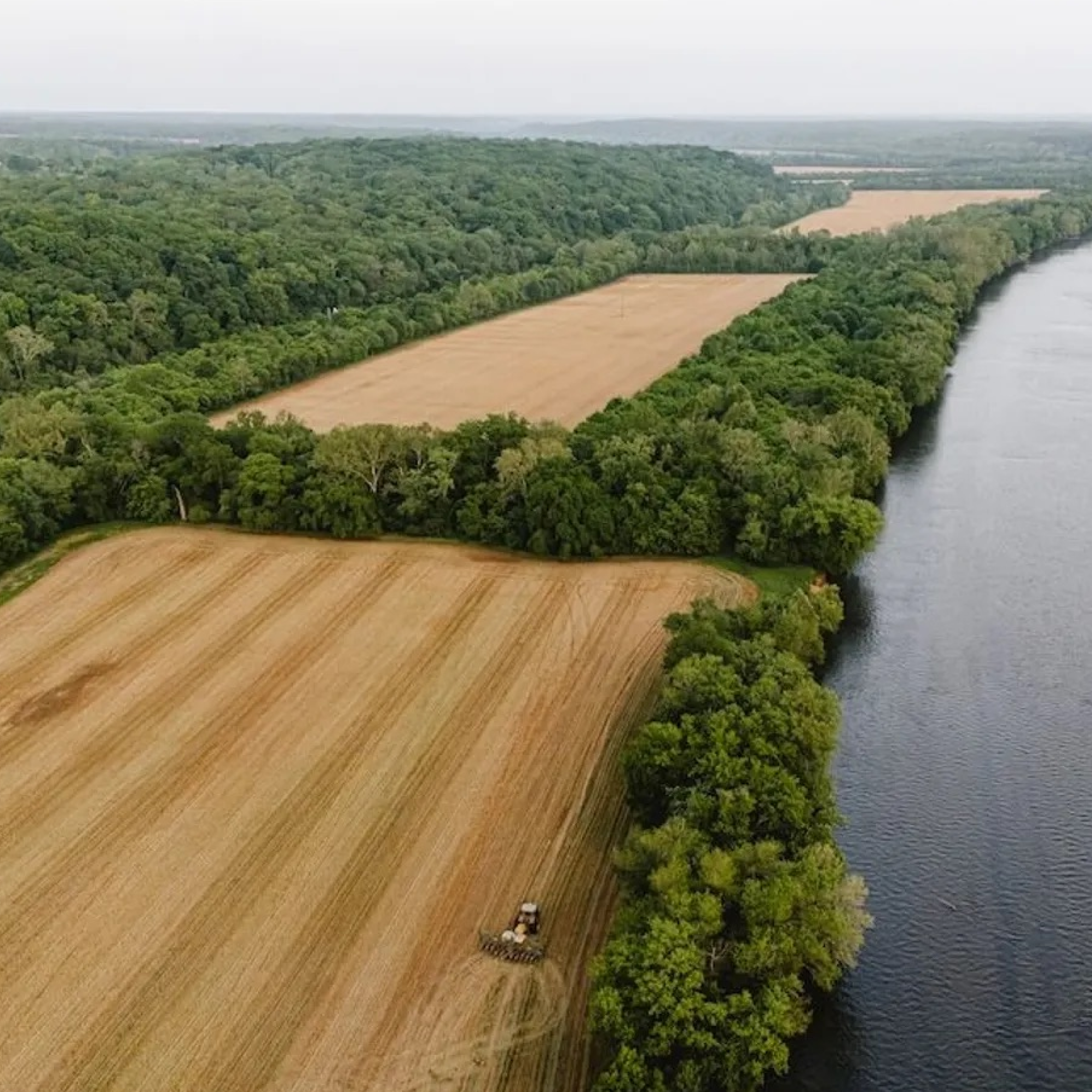
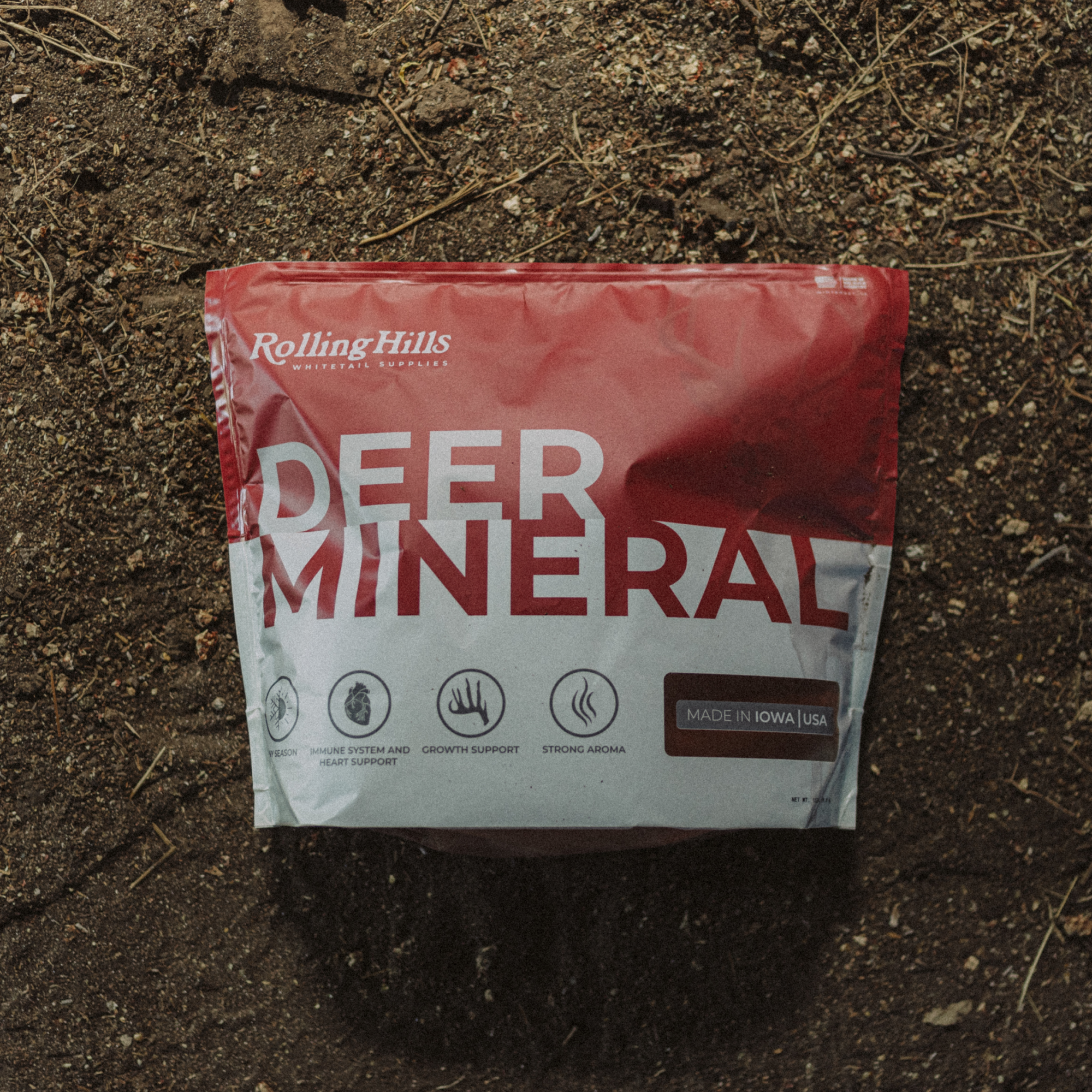
Leave a comment
This site is protected by hCaptcha and the hCaptcha Privacy Policy and Terms of Service apply.